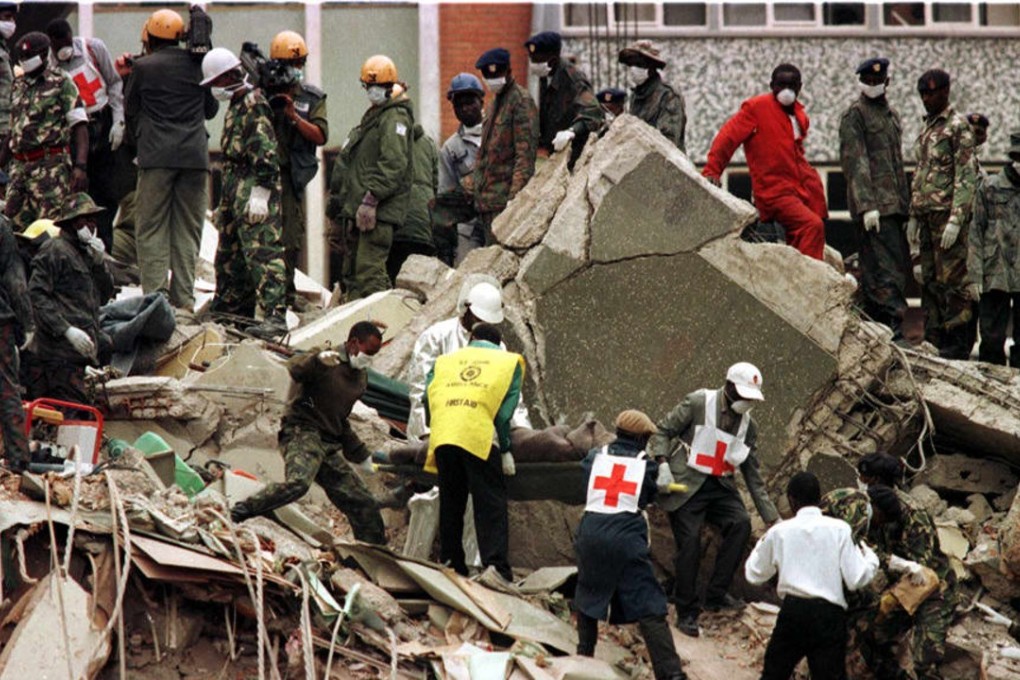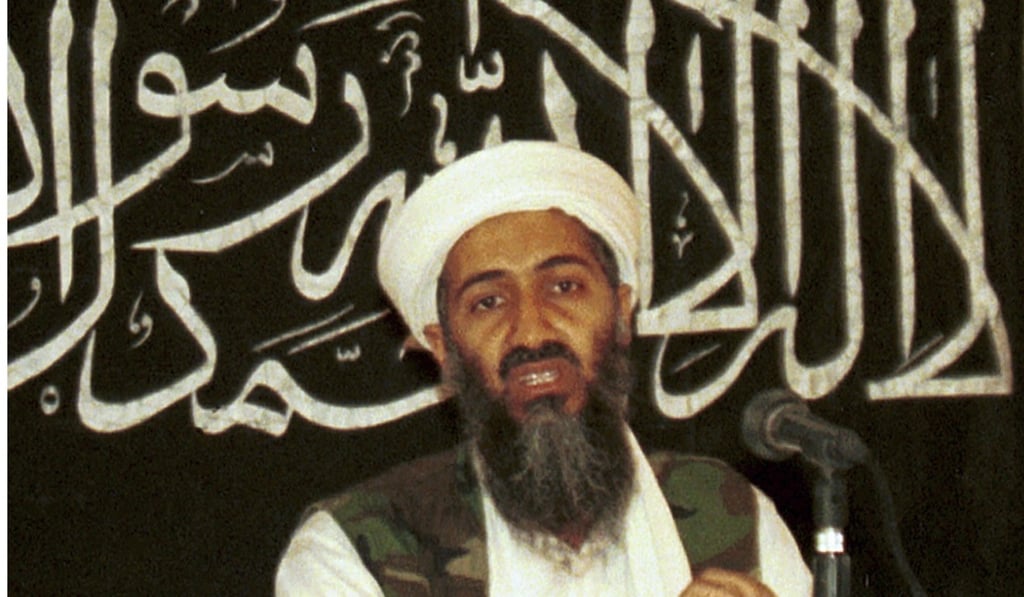Notes found in Osama bin Laden’s compound appear to bolster US claims of Iranian link to al-Qaeda
Supposed al-Qaeda document released by CIA depicts history of terror group’s relationship with Iran - but Tehran derides it as fake news

The CIA’s release of documents seized during the 2011 raid that killed al-Qaeda leader Osama bin Laden appears to bolster US claims that Iran supported the extremist network leading up to the September 11 terror attacks.
US intelligence officials and prosecutors have long said Iran formed loose ties to the terror organisation starting in 1991, something noted in a 19-page al-Qaeda report in Arabic that was included in the release of some 47,000 other documents by the CIA.
For its part, Iran has long denied any involvement with al-Qaeda, and its foreign minister disparaged the documents in a tweet late Thursday: “A record low for the reach of petrodollars: CIA&FDD fake news w/ selective AlQaeda docs re: Iran can’t whitewash role of US allies in 9/11.”
The report included in the CIA document dump shows how bin Laden, a Sunni extremist from Iran’s arch-rival Saudi Arabia, could look across the Muslim world’s religious divide to partner with the Mideast’s Shiite power to target his ultimate enemy, the United States.
